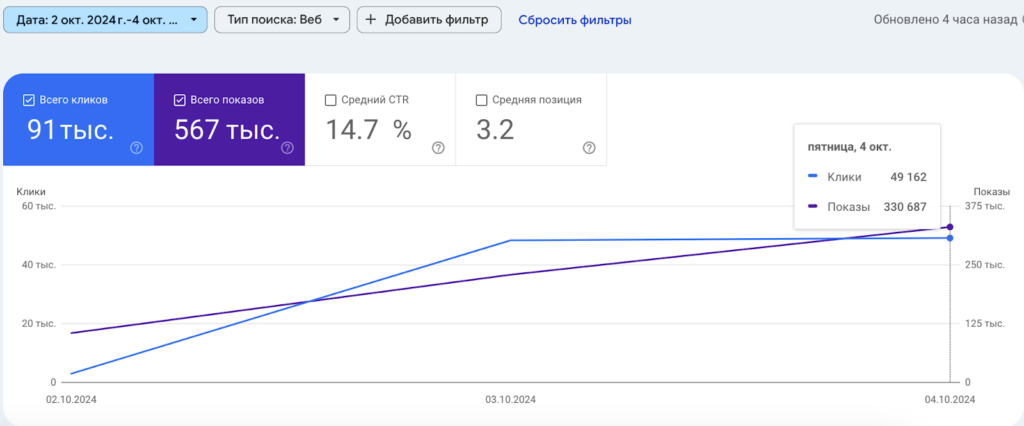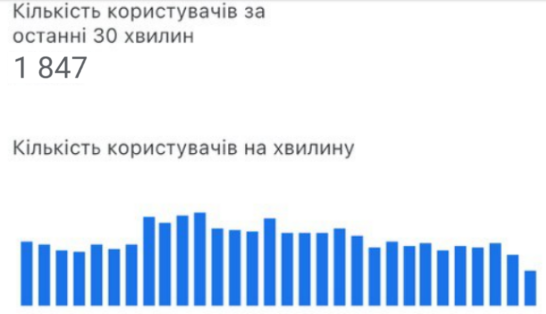$100K in a month1 page – Brazil 🇧🇷
Earning $121,000 in 5 months with a single-page betting site in Brazil. Starting with a $120 drop domain, Portuguese content, and thousands of backlinks (guest posts, PBNs, etc.), the site ranked in the top 2-4 for key terms, driving 242,500 clicks in 20 days. Main revenue: $87,411 via CPA ($40-50 per deposit). A success story with ~$13K invested and a bold SEO strategy.

Project Overview

How did we do it?
- To start ranking faster, we bought a drop domain for $120. Its theme was a regular blog (not related to iGaming at all), but it was in the right language and had regional backlinks.
- Next, we assigned the task of writing content (1500 words) to a Brazilian writer.
- We didn’t try to gradually change the theme of the drop domain or adjust it. Instead, we simply redirected all the 404 pages with backlinks to the main page, and added the new content with the brand description there.
- The site itself was essentially an HTML page. We focused on the technical side: PageSpeed of 100, server response time (TTFB) from Brazil at 20ms.
- We pushed the domain into the index to prompt the bot to crawl and reindex the site with the new content.
- By the next day, the site started ranking in the top 5-10 for low-medium search volume keywords, which was clearly a good sign, and all that was left was to push it further.
- Over the next 5 months, we actively built all kinds of backlinks. When I say “actively,” I mean thousands of different links: guest posts, links from homepages, PBNs, and other types of backlinks you know what I mean.

After that, we did nothing more with the content, only continued building backlinks. From the very first day of its existence, the site had just one main page.
How the Site Generated Revenue in its First 4 Months?
Since the site was already ranking in top positions for low and medium search queries in the first month, it naturally generated traffic and started earning money. Let’s take a look at how much it made in the first 4 months:
- 1st month: $410 📈
- 2nd month: $4,567 📈
- 3rd month: $15,201 📈
- 4th month: $9,789 📈
It’s important to note that during these 4 months, the site wasn’t ranking for the most competitive high-volume keywords. It only started ranking for those in the 5th month, when it began to outrank the main site.
So, how was the 5th month?

At the beginning of October 2024, our site reached top 2-4 positions for ALL major keywords related to the target brand. SE Ranking even predicted a traffic volume of 4 million… lol 🙂
According to Search Console data, from September 29 to October 18 (20 days), the site ranked for over 1,000 keywords with a combined search volume of 2.35 million.
With an average position of 4.1 across all 1,000 keywords and an average CTR of 10%, the site received 242,500 clicks during these 20 days.
At the same time, peak online traffic, according to Google Analytics, reached nearly 2,000 users in just 30 minutes.

An interesting point: even though the site ranks for over 1,000 keywords with a total search volume of 2.35 million, 74% of all impressions come from a SINGLE main keyword (the brand name), specifically 1.8 million impressions. Essentially, if we were only ranking for this one keyword in the top positions, we would have received nearly the same amount of traffic.
This, by the way, applies to all branded sites.
How many regs and deps?
In 20 days, there were 184,456 clicks through the referral link (about 74% of all clicks to the site).
Out of these, 9,140 players registered at the casino (approximately 5.17%).
1,467 players made their first deposit (around 16.18%).
Notice that the click-to-referral rate from the site is very high, while the registration percentage is quite low. It is only the registration-to-deposit conversion that balances the situation.
Why is that?
Many people click on the referral link, see a different brand than the one they were looking for, and leave without registering (this is called cross-branding, where a person searches for one brand but lands on another). However, those who do register are much more likely to make their first deposit. This is the essence of monobrand websites.
You might ask: why not directly target the brand? Because only some brands are willing to buy their own branded traffic, while others prohibit driving such traffic to them. If they notice you doing this, they will block your affiliate account — at the very least.

Many people click on the referral link, see a different brand than the one they were looking for, and leave without registering (this is called cross-branding, where a person searches for one brand but lands on another). However, those who do register are much more likely to make their first deposit. This is the essence of monobrand websites.
You might ask: why not directly target the brand? Because only some brands are willing to buy their own branded traffic, while others prohibit driving such traffic to them. If they notice you doing this, they will block your affiliate account — at the very least.
So, how much is this in money?!
💸 We drove all the traffic with a CPA rate of $40-50 (depending on the partner).
💰 In total, we earned: 1,467 FTDs = $87,411.
💵 In total, over 5 months, the site generated $121,000 ($38,780 in the first 4 months and $87,411 in the 5th month).
Who did you target with the traffic?
Our affiliate managers tested dozens of different partners over the 5 months.
We used the Keitaro tracker to route all traffic to various offers in specific proportions. Then we analyzed the stats. The brands with the worst conversion rates were immediately discarded, while those that showed good conversion rates were kept and given more traffic.
In reality, this is quite a complex and important process, which we’ll cover in a separate post later.
Wait, how much money did you invest?
SEO is not a free venture building a lot of links requires money, people, and time.
Let’s break it down:
- Drop domain: $120
- Content: $55
- Links: ~$10,000
- Salaries for people + other small expenses.
Total expenses: ~ $13K over 5 months.
So, what’s next?
As they say, “SEO doesn’t make money.” But seriously, this case clearly demonstrates that with the right approach to SEO, even a single page on a drop domain can become a powerful source of traffic and revenue.
Key takeaways:
P.S. But it’s not all that simple, and there is a flip side to this case, which we’ll talk about a bit later.


